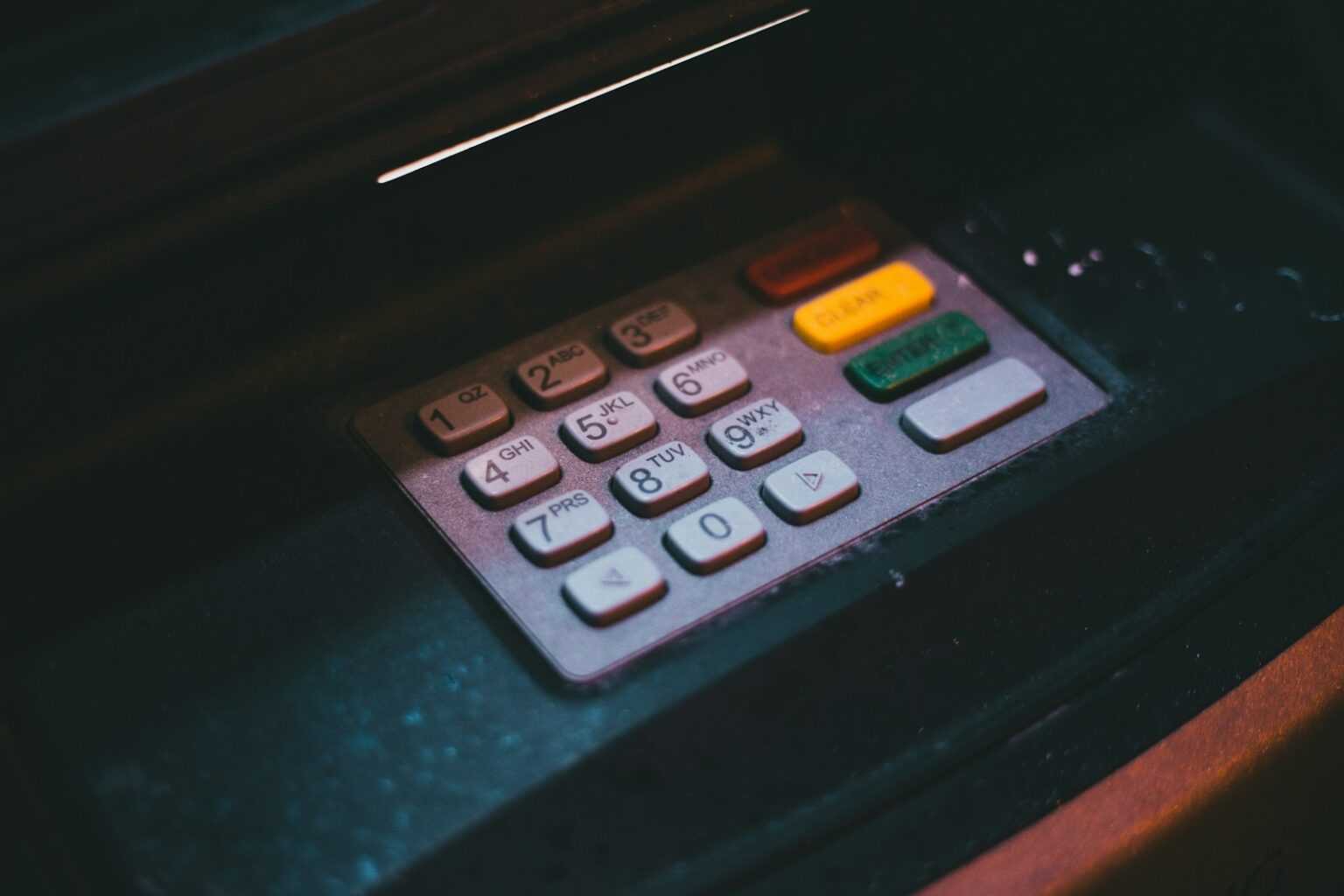The fundamental challenge to the old guard
For decades, the global financial system has operated on a set of established principles, with traditional banks serving as the central pillars of commerce and personal finance. This long-standing model, however, is now facing a profound and persistent challenge from an unlikely source: the cryptocurrency card. These innovative tools are more than just a novelty; they represent a fundamental rethinking of how value is stored, transferred, and spent. By connecting a secure digital wallet directly to global payment networks, they are systematically dismantling the barriers that have defined conventional banking for generations. This isn’t a loud, aggressive takeover but a quiet revolution, one that gains momentum with every seamless transaction.
At the heart of this disruption is the removal of intermediaries. Traditional banking is a system built on layers of trust and verification, involving clearinghouses, correspondent banks, and payment processors, all of which add time and cost to transactions. Crypto cards, in their purest form, offer a more direct path. They empower individuals to be the true custodians of their own wealth, enabling them to spend directly from their holdings without seeking permission from a centralized authority. This concept of financial sovereignty is a powerful departure from the norm, where access to one’s own funds can be subject to institutional limits, holds, and even freezes.
The contrast is especially stark in the realm of international transactions. Sending money across borders through traditional channels is notoriously slow and expensive, often taking days to settle and involving opaque fees that diminish the final amount received. Crypto cards obliterate this friction. Leveraging the borderless nature of digital currencies, they allow for near-instantaneous spending in any country with card acceptance, automatically converting the user’s crypto to the local fiat currency at the point of sale. For digital nomads, international businesses, and families sending remittances, this efficiency is not just a convenience—it’s a game-changer.
Perhaps most importantly, this technology carries the promise of profound financial inclusion. Billions of people around the world remain unbanked or underbanked, lacking the documentation or proximity to physical branches required to access traditional financial services. For many, a smartphone is their primary connection to the digital world. Crypto cards, operating through mobile applications, offer a lifeline, providing access to a global financial system with far lower barriers to entry. This democratization of finance is one of the most significant long-term impacts of the crypto revolution, and cards are the primary vehicle delivering that promise.
Redefining rewards and customer loyalty
The banking industry has long used rewards programs as a primary tool for attracting and retaining customers. These systems, typically based on points, miles, or modest cashback, have become a standard expectation. Yet, crypto cards are introducing a new and far more dynamic model of customer loyalty that makes traditional rewards look staid and uninspired. Instead of offering discounts or travel perks with complex redemption rules, crypto cards often provide rewards in the form of cryptocurrency itself. This shifts the user’s mindset from simply earning a rebate to actively accumulating a potentially appreciating asset.
This fundamental difference creates a powerful psychological incentive. Earning 2% cashback in dollars is a simple discount on a purchase. Earning 2% back in a cryptocurrency like Bitcoin or a platform’s native token is an investment, however small. It engages the user in the broader digital asset ecosystem, encouraging them to track the market, learn more about their holdings, and become more deeply integrated with the platform. This model transforms the passive cardholder into an active participant, fostering a level of brand loyalty that traditional banks struggle to achieve with their conventional programs.
Furthermore, many crypto card providers have innovated on the concept of premium banking through staking models. To unlock higher reward tiers, better benefits, or lower fees, users are often required to “stake,” or lock up, a certain amount of the platform’s native token. This is a modern take on the old banking principle of maintaining a high-balance account to receive premium service. However, unlike cash sitting in a bank account earning minimal interest, these staked assets are part of a dynamic ecosystem and can themselves appreciate in value, creating a dual incentive for the user. It is a far more engaging and potentially lucrative proposition.
This aggressive new approach to rewards is forcing traditional banks into an uncomfortable position. They are now competing with fintech companies that can offer incentive structures that are fundamentally more appealing to a growing, digitally-savvy demographic. To remain relevant, legacy institutions cannot simply increase their cashback rates by a fraction of a percent. They must rethink the very nature of loyalty, considering how they can offer genuine value and a sense of partnership to customers who now have access to a world of more exciting financial opportunities. The pressure to innovate is immense, and the old models are proving insufficient.
The security paradox and the path forward
When it comes to money, security is everything. Traditional banks have built their reputation on this foundation, offering government-backed deposit insurance and sophisticated fraud protection systems that give customers a powerful sense of safety. This creates a security paradox when compared to the world of crypto. While digital assets offer unprecedented user control, they also introduce new risks and responsibilities. The debate between centralized security and decentralized sovereignty is at the core of the crypto card’s evolution and is shaping how users interact with their digital wealth.
Most crypto cards on the market today are custodial, meaning the provider holds the user’s funds, much like a bank. This offers a familiar experience and a safety net for those who are not yet comfortable with managing their own private keys. However, it also reintroduces a single point of failure. The history of cryptocurrency is littered with cautionary tales of exchange hacks, and users of custodial cards must place immense trust in the provider’s security infrastructure. The principle of “not your keys, not your coins” remains a potent reminder of the risk involved in ceding control of one’s assets to a third party. To learn more about secure options, you can explore platforms like https://www.paypilot.org/paypilot-card/ for insights.
In response to these concerns, a new generation of non-custodial or self-custody cards is beginning to emerge. These platforms allow users to spend directly from a personal wallet to which only they hold the private keys. This model represents the truest expression of financial sovereignty, completely eliminating third-party risk. However, it transfers the entire burden of security to the individual. The loss of a private key means the permanent loss of one’s funds, with no customer service line to call for a reset. This path demands a high degree of technical literacy and personal responsibility.
The future likely lies in a hybrid approach that combines the best of both worlds. We are seeing custodial providers invest heavily in insurance funds and cold storage solutions to offer bank-grade security for user deposits. Simultaneously, non-custodial solutions are becoming more user-friendly, with social recovery mechanisms and multi-signature wallets that make self-custody less daunting. As these two models converge, users will be able to choose the security profile that best fits their risk tolerance and technical comfort level, creating a more inclusive and resilient financial ecosystem for everyone.








